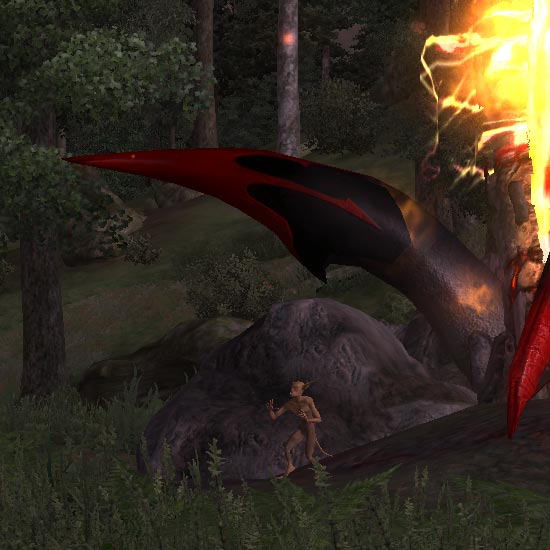NVIDIA's GeForce 8800 (G80): GPUs Re-architected for DirectX 10
by Anand Lal Shimpi & Derek Wilson on November 8, 2006 6:01 PM EST- Posted in
- GPUs
Image Quality: Summing it All Up
With NVIDIA's new method of acquiring a more detailed blur via CSAA, angle independent anisotropic filtering, and high performance with Transparency AA, potential image quality is improved over G70 and R580. The new architecture is capable of floating point frame buffer blends and antialiasing of floating point data. ATI has continually called this ability HDR+AA, and while it is better to be able to use full floating point for HDR, this isn't the only solution to the problem. There are some rendering techniques that employ MRTs (Multiple Render Targets) that will still not allow AA to be performed on them alongside HDR. There are also HDR techniques that allow antialiasing to be performed along with HDR without the need for AA + floating point (like games based on Valve's Source engine).
In any case, we've already covered the major differences in AA and AF modes and we even looked at how the optimizations affect image quality. For this section, we'll take a look at three different cases in which we employ the non-AA graphics settings we will be using in our performance tests. We are looking for differences in alpha blending, effective AF level in a game, and shader rendering. We didn't see anything that stood out, but feel free to take a look for yourselves.

G70 G80 ATI
Hold mouse over links to see Image Quality











111 Comments
View All Comments
DerekWilson - Wednesday, November 8, 2006 - link
No DX10 for winxp -- but you've got OGL with extensions.We will certainly take a look at DX10 performance once we have DX10 apps.
Have fun glimpsing :-)